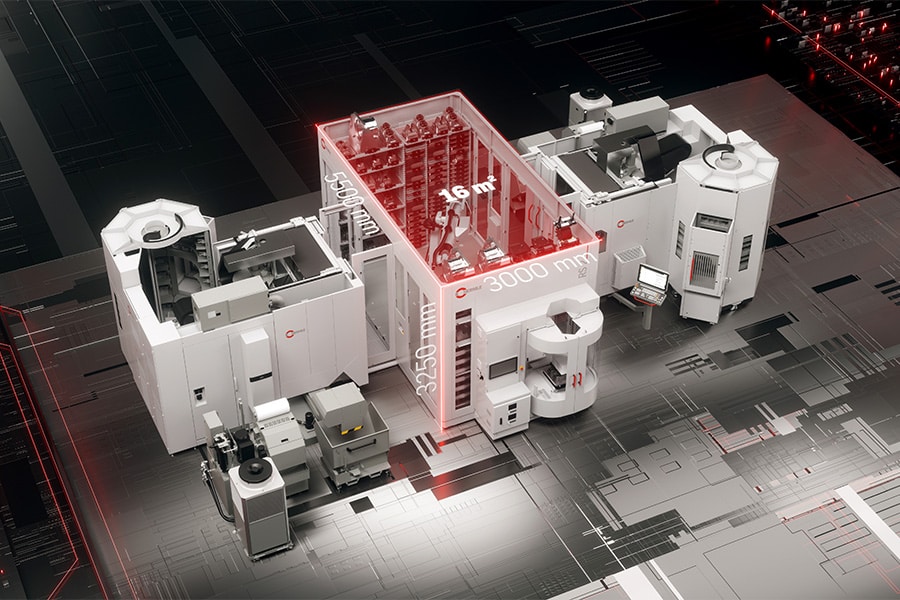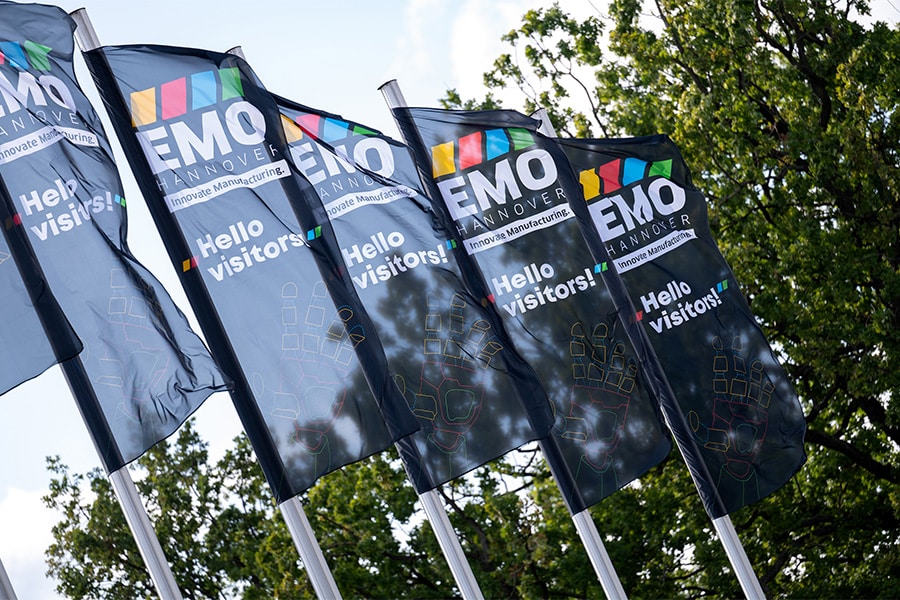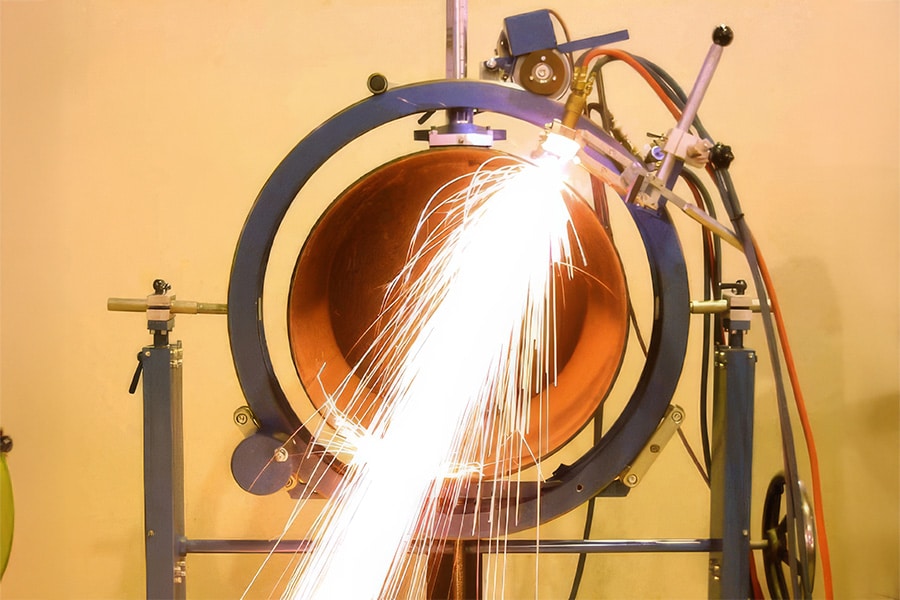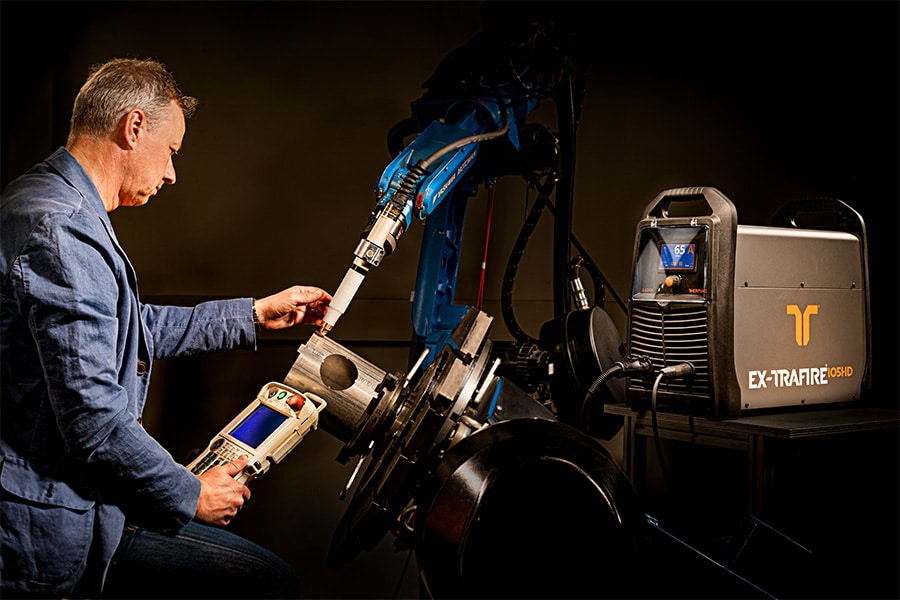
Cooling without risk of corrosion
The Rittal Blue e+ cooling units are now also available in stainless steel. They offer cooling capacities from 1.6 kW to 5.8 kW. This improved version is particularly suitable for applications in the food and beverage industry, where high levels of corrosion protection are required.
The new stainless steel chillers of the Blue e+ series are specially designed for demanding environments. Their stainless steel housing makes them particularly suitable for applications requiring high levels of corrosion protection. Typical examples are the food and beverage and processing industries, where frequent cleaning is the norm. These new versions of the cooling units belong to protection class IP 55 and are now available from stock. Like the other Blue e+ units, they operate with highly energy-efficient hybrid technology and are available in five different cooling capacities ranging from 1.6 kW to 5.8 kW
Hybrid technology for energy conservation
Hybrid technology uses a combination of a "heat pipe" and conventional compressor technology. In many cases, for example when the outside temperature is relatively low, the 'heat pipe' provides sufficient cooling power. Energy consumption is very low because the cooling units do not require a compressor to operate. The additional compressor is switched on only when greater cooling capacity is required. All compressors operate with speed-controlled drives and are therefore particularly energy-efficient. The lower temperature anomalies within the housing also mean that the components have a longer service life. In general, depending on the environmental conditions and application, cooling units of the Blue e+ series use on average 75% less energy than a conventional compressor cooling unit. Due to their multi-voltage capability, the chillers are easy to operate worldwide at all common mains voltages and frequencies.
User-friendly operation
Blue e+ cooling units are easily and intuitively operated via a modern touch screen that displays basic settings and status messages. Operation is via the unit itself or via a smartphone app that provides an almost identical user interface. Another option is the IoT interface that effortlessly integrates the cooling unit into an Industrie 4.0 environment.



